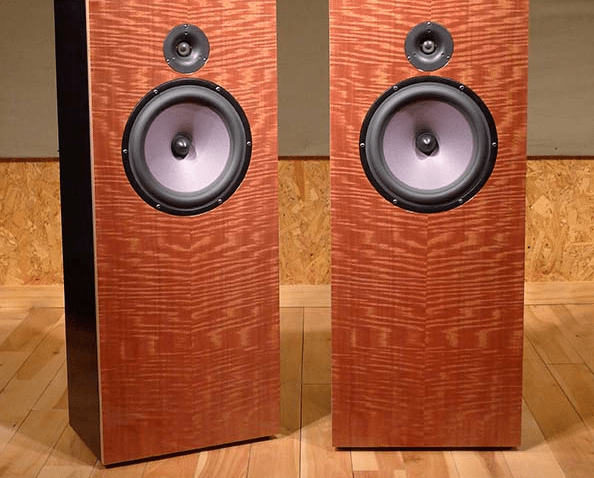

John DeVore has gained a great reputation of late. His company’s simian-infused loudspeaker range has attracted the right sort of attention from a wide range of audio enthusiasts. The Gibbon series, for example, picks up a lot of plaudits from the Rhythm Kings in search of the perfect partner to tidy-sounding Brit-Fi system. Meanwhile, the combination of a wide front baffle, paper-cone bass driver, soft-dome tweeter, and high efficiency has made the DeVore Fidelity Orangutan the perfect choice for Single-Ended Triode users.
The O/93 is the second Orangutan out of the monkey cage, and builds upon the strengths of the O/96 standmount. As the name suggests, the O/93 is slightly less efficient (93dB instead of 96dB) than the O/96, but 93dB isn’t exactly ‘inefficient’ and works well with many low-power SET amps. Strictly, it’s not ‘hi-eff’ because that label kicks in at around 95dB, but given there is nothing crazy going on in its 10 ohm impedance and that it will play well with the sort of products ‘hi-eff’ speakers work with, it’s no big deal. DeVore isn’t big on audiophile magic beans. This is a sensible wide-baffle two way, rear-ported loudspeaker with stubby little wooden feet to keep the wide and tall box an inch or so off the floor. There is no provision for bi-wiring. The drive units are equally free from hi-fi buff nonsense. The O/93 uses the same horn-loaded twinmagnet 25mm silk dome tweeter, and a variation on the theme of the 250mm paper cone woofer with a phase plug, as found in the O/96 (the woofer is itself derived from the one used in the company’s Silverback reference design). The crossover is, however, hardwired using silver wire, and the caps are all paper-in-oil designs. No magic spells mean a fairly basic “it’s a loudspeaker” description on the website and a ‘feeding guide’ manual supplied in the box. Even the finish is limited to the ‘fiddleback mahogany’ and stained maple back and sides, with other finishes made to order, but there’s a simplicity and elegance to this kind of approach. In truth, we intended to review the Tron Atlantic integrated amplifier before the Orangutan (which we will be reviewing in our upcoming amplifier issue), but the DeVore O/93 is a new and exciting addition in its own right and we decided it deserved being brought forward a few issues. But it’s also worth looking at both side-by-side as the O/93 is a perfect partner for the lowpowered Atlantic and they regularly cohabit (Graham Tricker builds Tron and distributes DeVore). Paper and silk need a little bit of running in, but positioning and amplifier choice are more important. In terms of positioning, there seem to be no hard and fast rules here, apart from the usual ones of away from the walls and a slight toe-in. How far from the rear and side walls, how far apart, and how much of a toe-in, however, make crucial differences in the O/93’s overall performance. This can’t be stressed enough: if you get poor sound when playing, then it’s probably down to placement. The choice of amplifier is relatively easier, as this is a sure-fire case of quality over quantity. As it’s an easy load and a relatively efficient speaker to drive, the O/93 doesn’t need a powerhouse amplifier and is arguably best with Class A solid-state amplifiers or lowpower valve designs. The UK distributor, of course, resolves this because Graham Tricker makes some of the nicest valve amps out there in his Tron range, but those with a power house amplifier looking for something a little out of the ordinary should note that they will probably end up with an entirely inappropriate gain structure. This will necessitate using a volume control like a safe-cracker where small changes in volume level create large increases in outright volume. There seems to have been a continued trend in loudspeakers toward a forward and bright sound. This seems to have been going on for as long as there have been metal dome tweeters, and that zingy, immediately gratifying sound shows little sign of such a trend abating. The alternative is often seen (with some justification) as the ‘pipe and slippers’ style laid-back sound of older loudspeakers. In fact, there are a handful of loudspeakers that take a middle path; a sound that isn’t an immediate crowd pleaser and isn’t like musical Mogadon, but instead makes a sound that is more honest to the music itself. The O/93 is very much in this smaller, but highly valued camp. The O/93 is very definitely rich, in that it has a distinct sense of fullness and warmth across the midband that is extremely alluring. This is at odds with those who want to strip their music apart, and is the diametric opposite of the analytical studio monitor. Instead, using the O/93 is like side-stepping the whole studio system and sitting in front of the musicians. At times, this can get eerie: listening to ‘Jubilee Street’ by Nick Cave & The Bad Seeds Push The Sky Away, Bad Seed Ltd] – a track never far from ‘disturbing’ – might make you want to get clean after listening, thanks to a presentation so vivid and visceral. But on most tracks, that ‘vivid’ and ‘visceral’ comes across as ‘realistic’ and ‘natural’ sounding. The strange thing is the speakers don’t produce the kind of sound that you might imagine. They don’t give off the big, flubby, wobbly sound that you might expect from a 10” paper cone. They are actually quite taut and energetic sounding. They give good imaging – the wide baffle almost guarantees that – but don’t necessarily draw attention to that fact. Most of all, though, they are just so damn musical and enjoyable, and yes there is such a thing as a ‘musical’ loudspeaker: if you play ‘Love In Vain’ by the Rolling Stones from their live/studio tour album Stripped [Virgin] through the O/93 and compare the sound with that of many other loudspeakers, you’ll hear precisely what ‘musical’ is all about. It’s a sound that manages to convey ‘vibe’ as much as ‘information’, and that’s extremely alluring. Audio is in an entertainment business, and these are exceptionally entertaining loudspeakers, and that applies universally to all musical genres. Perhaps the best thing about the DeVore Fidelity Orangutan O/93 is it is like a time machine for the listener. It winds the clock back to a time when music played through good audio was something new and exciting because it was new to you. We all remember that first, great audio system we experienced (whether it was your father’s hi-fi, or a friend’s system at college) and we tend to paint that experience in nostalgic colours. This isn’t a nostalgic view of the past, but it has something about it that will remind you of that first, great audio experience. Music is new and exciting through the O/93 and not only will you want to play those old favourites, you’ll probably enjoy them in a way you might have lost, too. There’s a distinctly ‘turntable and tubes’ vibe about the O/93’s presentation. It does extremely well with solid-state amplification and digital sources, but those who think there’s some magic in vinyl and valves will see the Orangutan O/93 as the last piece in the jigsaw puzzle. While I don’t find the loudspeaker ‘fussy’ in terms of source components, digital audio replay needs to be exceptionally good when output through the O/93: otherwise it can sound either extremely ‘peaky’ or, paradoxically, rather dull sounding. When it’s good, though, it’s extremely good. There is nothing special about the O/93, and that is the ace up its sleeve. People have been making two-way loudspeakers with soft-dome tweeters and ten-inch bass drivers for decades, to such an extent that the skills behind such products have come and gone and come back once more. Which means DeVore can draw upon huge field resources and the result is excellent. It’s not going to re-draw the musical landscape and it’s not going to start the next great audio revolution; the Orangutan O/93 is simply a loudspeaker that doesn’t monkey around (admit it: you knew that was coming) with a fine formula. We live in a world of short attention spans. The DeVore Orangutan O/93 challenges that head-on, and that is its greatest strength and possibly its greatest weakness. If you are of a butterfly mind, the O/93 may well leave you cold, because you will not be able to give music the time to sink in, and something more immediate and upfront sounding will win you over. If, on the other hand, you take a more mature, more considered approach to your musical journey and are prepared to let your music reveal itself to you in appropriate time; the O/93 is the perfect partner. Highly recommended.
TECHNICAL SPECIFICATIONS
Type: Two-way, bass reflex floorstanding loudspeakerDrive units: 1× 25mm soft silk dome tweeter, 1× 250mm paper mid/bass coneFrequency Response: 30Hz–31kHz


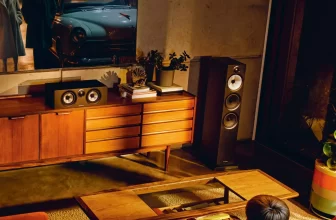
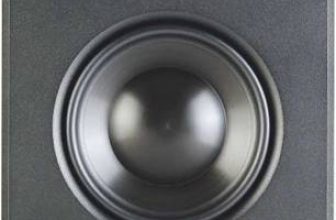
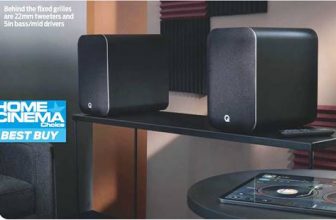
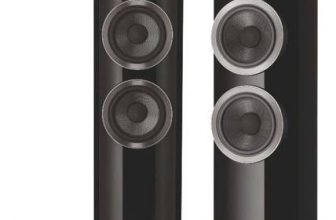
Equipment aside, that is an extremely well written review. There are lots of reviewers who are knowledgeable about audio gear, but there are not very many that can convey it in a coherent thoughtful way.